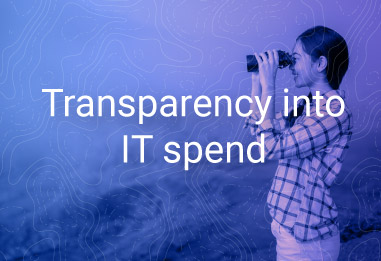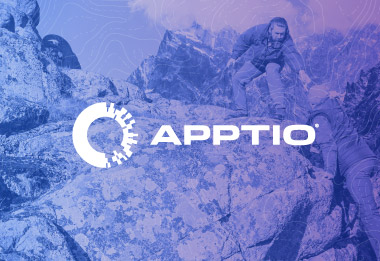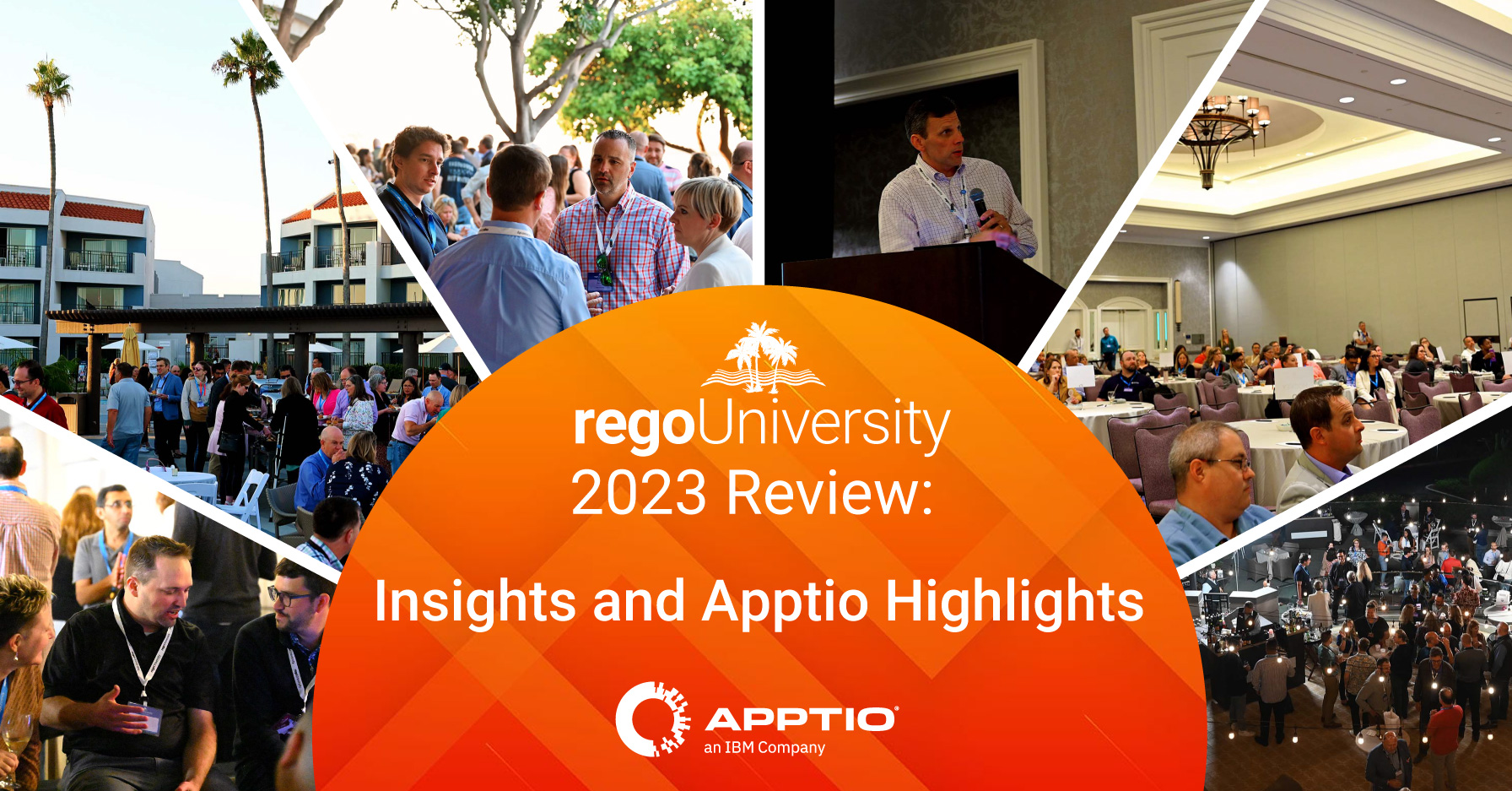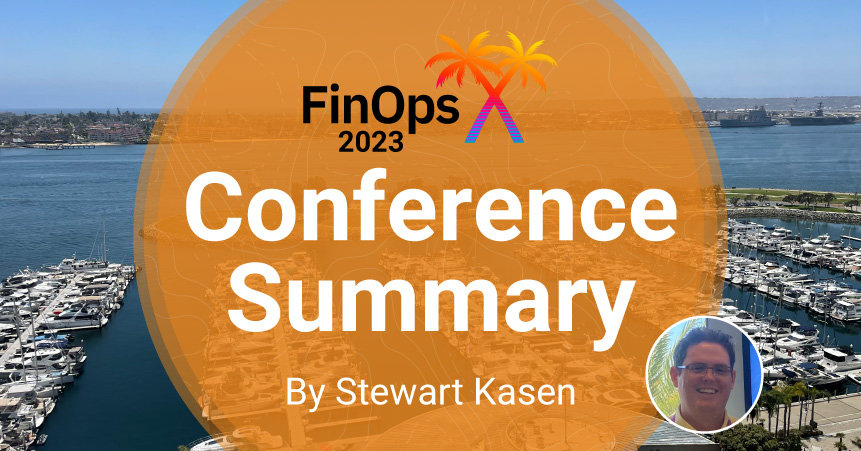
 Many IT organizations run into the same foundational problem every year: they can’t fund innovation because their Run Costs aren’t being optimized.
Many IT organizations run into the same foundational problem every year: they can’t fund innovation because their Run Costs aren’t being optimized.
The growing weight of technical debt turns into millions of mystery dollars on P&Ls, slows speed-to-market, and prevents investment in business transformation while IT struggles to deliver on their growing list of goals.
Sound familiar?
Most companies stay in this cycle because they have limited-to-no insight into their applications, services, and infrastructure Run Costs. Every time new software and capabilities are introduced, IT absorbs the unseen Run Costs into their P&L and they snowball year-over-year—limiting investment in change-the-business projects.
Many of us are accustomed to running IT this way, but the discipline of Technology Business Management (TBM) gives us a framework to change the pattern and run our IT organizations like the businesses that they are. There’s a way out of this vicious circle.
Adopt Technology Business Management (TBM)
Companies like JPMorgan Chase use TBM to provide transparency into their IT spend. They’ve shifted the dialogue from uptime, latency, and trouble tickets to conversations about application costs and infrastructure services. This makes it easier to link IT capabilities with business needs and make decisions about how to move forward.
 For example, when you choose to purchase a platform like Salesforce for your sales and marketing departments, do you discuss the costs of IT infrastructure and resources to run it every year? There’s a complex supply chain that needs to be funded behind the initial purchase of licenses and implementation, and we need to talk about it.
For example, when you choose to purchase a platform like Salesforce for your sales and marketing departments, do you discuss the costs of IT infrastructure and resources to run it every year? There’s a complex supply chain that needs to be funded behind the initial purchase of licenses and implementation, and we need to talk about it.
As IT decision makers, we must start doing this well if we want to grow and transform. We can’t afford to work with sticker prices and bury Run Costs in a growing P&L even though our company might still accept that approach.
Of course, you want to do that, but do you have a clear view into the breakdown of Run Costs for everything from your data centers and infrastructure to training and labor that build up to a total cost of ownership at the application or service level?
Get a Handle on Run Costs and Optimize
Let’s say you spend $10 million on IT services every year and you just bought and implemented Salesforce.
When you’re looking for budget to allocate to new projects, you can see that your Salesforce implementation cost $1M. However, you cannot see the breakdown of on-going costs post-implementation to run and maintain the Salesforce application.
What is the labor cost to support the application along with the infrastructure costs? How many licenses did you purchase versus how many are being consumed by the business? Do you have the opportunity to outsource support for Salesforce or is your Managed Service Provider actually costing more and delivering less quality than internal labor may provide?
In other words, if you don’t know these answers, you can’t see your Run Costs. You only see one big chunk of money spent on a software platform instead of the year-over-year costs at a detailed level. A more granular view gives you a key to freeing up budget to spend elsewhere by reducing your Salesforce Run Cost and shifting the Total Cost of Ownership across your business.

If know you’re paying for 500 licenses and only using 250 of them, you could make a big change. Either expand the user base across your organization to spread out the cost of the platform or renegotiate the number of licenses.
At $125 a month per licensed user, that could immediately free up $375,000 in your budget for new projects or upgrades to existing software.
Simple, right?
That’s a juicy, low-hanging fruit scenario that you could find IF you could see your Run Costs broken down at that level. It’ll likely be more complex than that for you.
You might have underutilized data centers, forgotten on-site infrastructure, or unnecessary labor hiding in those line items. Your company could be spending thousands a month in Q3 on cloud capabilities that aren’t being used because of a Q2 business decision. And that money is being burned simply because you can’t see your Run Costs and aren’t bringing them to the table.
Some companies create TBM offices with analysts to help them do this. But you don’t have to create new positions to practice TBM. You can get a view into Run Costs and bring Run Cost Optimization into the daily conversation on your own.
Create Run Cost Transparency with Apptio
To practice TBM, optimize Run Costs, and manage Total Cost of Ownership, you need a way to build a cost for your applications and services from the ground up. That means seeing things like your data center and infrastructure costs, internal and external labor, and hardware and software costs tied directly to each application or service.
 Apptio is built specifically to do this. It gives you an integrated view of cost, performance, supply, and demand that helps you evaluate and manage your portfolio of IT investments.
Apptio is built specifically to do this. It gives you an integrated view of cost, performance, supply, and demand that helps you evaluate and manage your portfolio of IT investments.
You can use Apptio to create IT financial transparency at a level that gives you a direct view into Run Costs and Total Cost of Ownership for every application and service you manage, so instead of just settling for struggling to stay above water with a bloated P&L that prevents transformation, you’re opened to growth and agility opportunities.
Forrester® calculates Apptio’s ROI at 8x with an 8-month break-even period for the investment. So, the software will pay for itself while it helps optimize your Run Costs and use that money to invest in growing your business.
We’d love to talk about how you can optimize your run costs using the TBM Framework and Apptio. Feel free to reach out with any questions. Contact a Rego Guide here.










